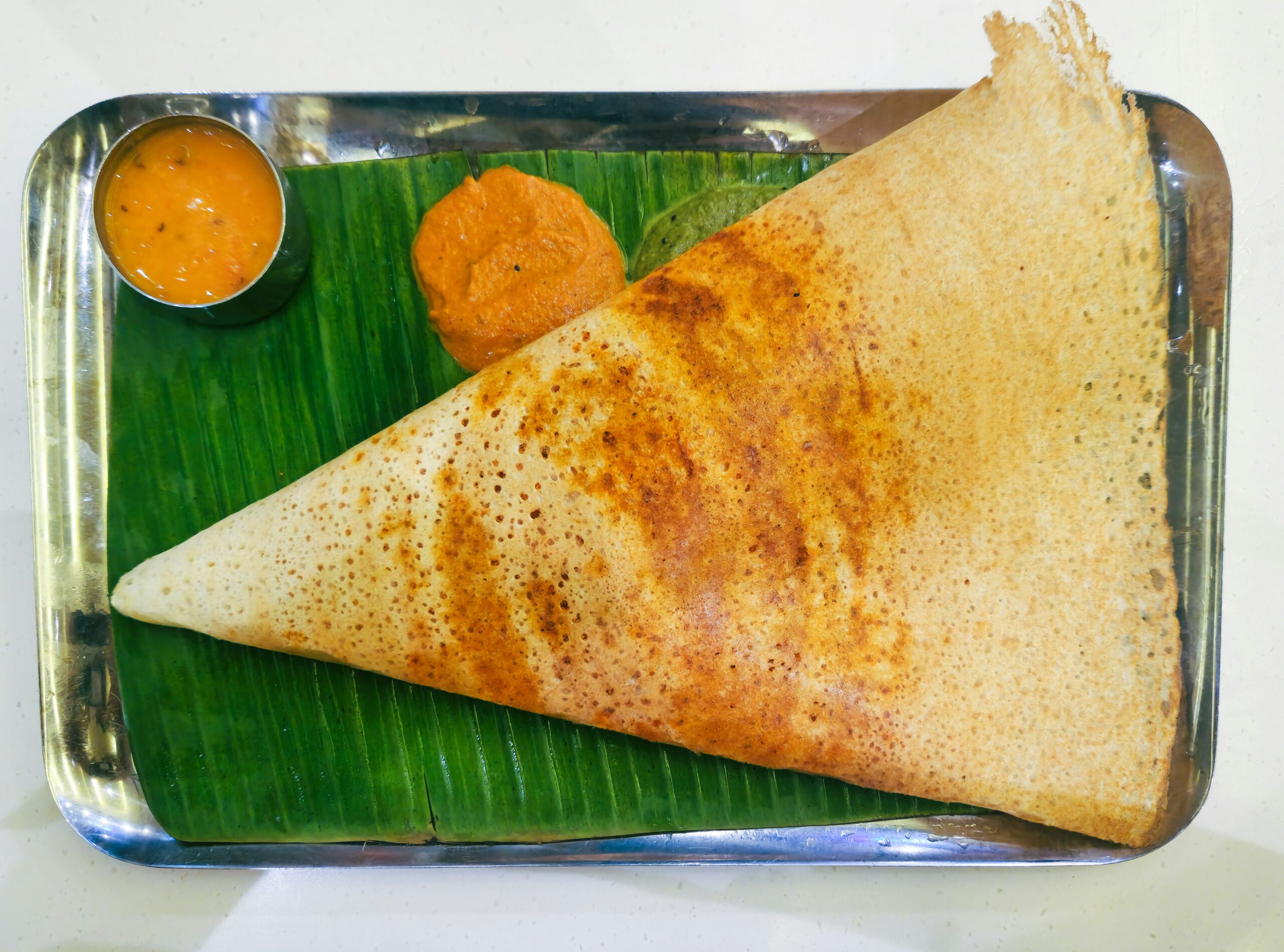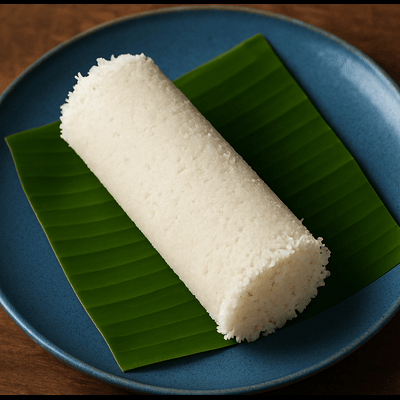Nothing beats the smell of a hot, crispy dosa cooking on the tawa — especially the way we make it in Kerala. Dosa is a popular South Indian breakfast, and in Kerala, we make it a little thicker and softer in the center, with crispy edges. It’s perfect with coconut chutney or sambar. In this post, I’ll show you how to make Kerala-style dosa at home with simple steps and tips to get it just right.
🍚 Ingredients:
- raw rice (pachari)-2 cups
- urad dal (skinless black gram dal)-½ cup
- fenugreek seeds (uluva)-½ teaspoon
- cooked rice or soaked poha (optional – for softness)-¼ cup
- Salt to taste
- Water as needed (for grinding and consistency)
- Oil or ghee for cooking dosas
🔪 Instructions:
Step 1: Soak the Ingredients
- Wash and soak raw rice, urad dal, and fenugreek seeds in water for at least 4–6 hours (or overnight).
- If using poha (flattened rice), soak it for 10 minutes before grinding.
Step 2: Grind the Batter
- Drain the soaked ingredients and grind them with little water in a wet grinder or mixer until smooth.
- Add the cooked rice or poha while grinding for extra softness.
- The batter should be slightly thick but pourable.
Step 3: Ferment the Batter
- Transfer the batter to a large bowl.
- Add salt and mix well.
- Cover and let it ferment in a warm place for 8–10 hours or overnight.
(It will rise and turn slightly bubbly.)
Step 4: Make the Dosa
- Heat a non-stick or cast-iron dosa tawa over medium heat.
- Grease it lightly with oil.
- Pour a ladleful of batter in the center and spread it in a circular motion to form a thin dosa.
- Drizzle oil or ghee around the edges.
- Cook until the edges turn golden and crisp.
- Flip if you prefer both sides cooked, or serve as is.
🥥 Kerala dosa Serving Suggestions:
- Coconut chutney
- Sambar
- Tomato chutney
- Kerala-style potato masala (for masala dosa)
Tips:
Dosa is a popular breakfast. Moreover, it’s light and easy to digest.
- For extra crisp dosas, add a spoon of rice flour to the batter before cooking.
- Use a well-seasoned tawa to prevent sticking.
- Batter can be stored in the fridge for 2–3 days.
Conclusion
Making Kerala-style dosa at home is easier than it seems. With just a few ingredients and a little patience during fermentation, you can enjoy soft, crispy dosas right from your kitchen. Moreover, this traditional recipe is perfect for both breakfast and dinner. So, whether you’re new to South Indian cooking or simply craving comfort food, give this dosa a try. Finally, don’t forget to pair it with coconut chutney or sambar for the complete Kerala experience!




